
Introduction
AquaDreamUSA has become synonymous with innovation in water management and hydroponics systems. For professionals and enthusiasts alike, selecting the right hydroponics pump is key to maximizing plant growth, maintaining nutrient balance, and ensuring system efficiency. In some advanced setups, careful management is as crucial as coordinating a 100 gallon reef tank to achieve balanced water conditions. The pump is the heartbeat of any hydroponic setup, influencing flow rate, energy consumption, and overall performance. By addressing issues such as energy efficiency, pump type selection, and performance comparisons, AquaDreamUSA offers valuable insights through a detailed buying guide and product reviews. This article explores the best hydroponics pumps available, the key factors in choosing the right pump, differences between pump types, and how pump specifications impact system performance. Professionals looking to upgrade or install a hydroponic system, or even incorporate elements like a 100 gallon reef tank for varied water management practices, will find actionable guidance to boost productivity while maintaining energy efficiency.
What Are the Best Hydroponics Pumps Available at AquaDreamUSA?
AquaDreamUSA offers hydroponics pumps designed for optimum flow, durability, and adaptability across various setups—from small indoor gardens to large commercial farms. The pumps are chosen for reliability, energy efficiency, and consistent performance under continuous use. Engineered for steady nutrient delivery and minimal maintenance, these pumps ensure proper water circulation, oxygenation, and nutrient distribution in hydroponic systems.
Which Hydroponics Pump Types Does AquaDreamUSA Offer?
AquaDreamUSA provides a range of pump types tailored to diverse system needs.
• Submersible Pumps – Installed within the water reservoir, they are ideal when space is limited and low noise is essential.
• Water Pumps – These pumps offer high energy output and are suited for systems requiring higher flow rates, such as nutrient film technique (NFT) and deep water culture (DWC).
• Air Pumps – Primarily used for aeration, they enhance oxygen levels in the reservoir, critical for root health.
By offering this broad selection, AquaDreamUSA ensures users can select the ideal pump based on system design and specific hydroponic requirements.
What Are the Top-Rated Hydroponics Pumps at AquaDreamUSA?
Top-rated models include the AquaPro Submersible, favored for indoor and small-scale setups, and the HydroMax Water Pump, which excels in commercial installations. Reviews consistently highlight their high energy efficiency, durability, and steady flow performance. Features such as quiet operation, ease of upkeep, and the ability to handle varying nutrient solution viscosities are frequently mentioned. Robust warranty support and precise flow rate controls further enhance their appeal, with certifications and technical validations backing their performance claims.
How to Choose the Right Hydroponics Pump for Your System?
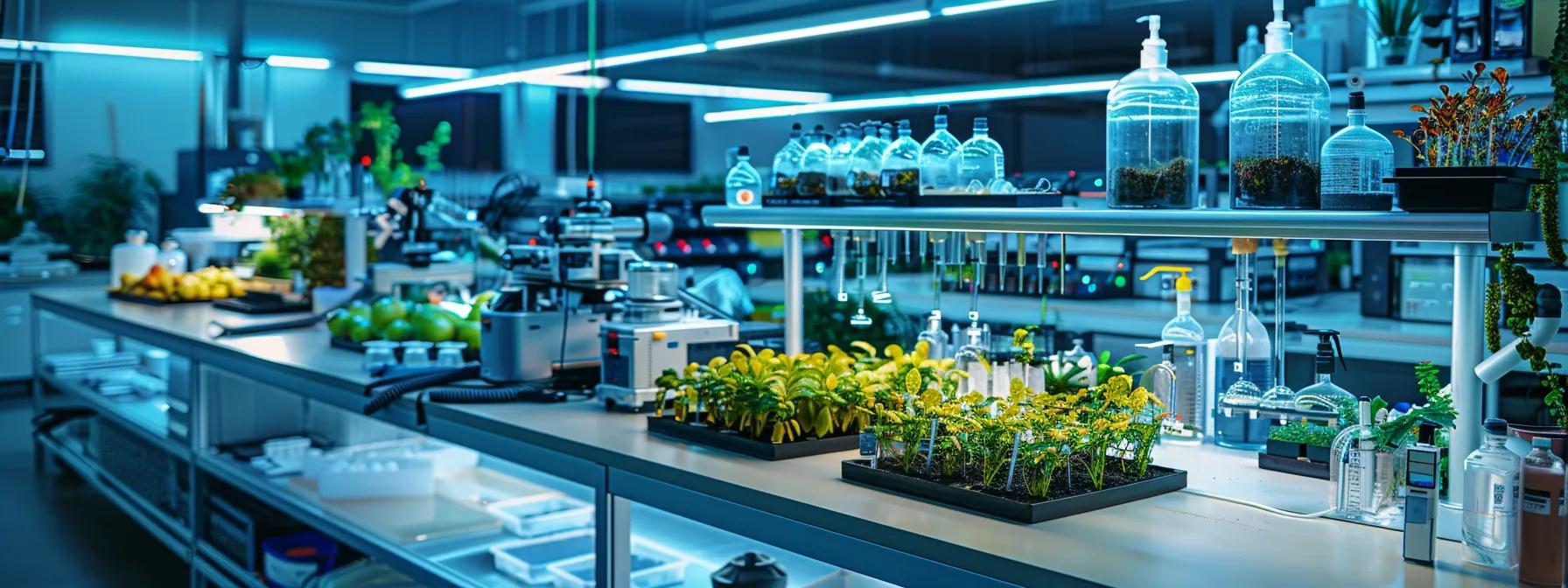
Selecting the right pump is crucial for system efficiency, energy savings, and robust plant development. Critical evaluation factors include system size, nutrient film dynamics, and hydroponic method compatibility. Professionals must consider both operational parameters (wattage and flow rate) and environmental factors (water quality and reservoir size) to make an informed decision. AquaDreamUSA’s analysis helps assess pump suitability based on features, performance ratings, and cost-effectiveness, offering practical insights to align pump specifications with specific system needs.
What Pump Features Should You Consider?
Key features to evaluate are:
• Flow Rate: Determines how quickly water circulates. Higher rates benefit larger systems and methods like NFT, ensuring rapid nutrient delivery.
• Wattage & Energy Consumption: Energy-efficient models reduce long-term costs by lowering electricity expenses while generating less heat, which helps maintain optimal nutrient temperatures.
• Noise Level: Important for indoor setups where silent operation is preferred.
• Installation & Maintenance: Simpler installation and resistance to clogging reduce maintenance requirements.
• Advanced Smart Controls: Compatibility with digital flow rate settings allows precise adjustments based on seasonal and plant-specific needs.
Which Pump Type Is Best for Different Hydroponic Systems?
The ideal pump type depends on your hydroponic method and design:
• NFT and DWC Systems: Submersible pumps are typically favored for their compact size and quiet operation.
• Flood and Drain Systems: Robust water pumps capable of high flow rates are optimal for moving nutrient solutions through grow beds.
• Systems Needing Enhanced Oxygenation: Air pumps are crucial, especially in aquaponics or recirculating setups, to ensure a constant supply of dissolved oxygen.
• Smaller or DIY Setups: Often benefit from a combination of water and air pumps to maintain balanced nutrient and oxygen profiles.
Detailed user testimonials and use-case scenarios on AquaDreamUSA guide users in selecting the pump type that best aligns with their system design.
How Does Budget Affect Your Hydroponics Pump Choice?
Budget plays a significant role in pump selection. While high-end models may offer superior performance, many mid-range pumps deliver reliable performance for both commercial and hobbyist applications. Consider not only the upfront cost but also long-term expenses including energy consumption and maintenance. Energy-efficient pumps, though initially more expensive, can save money over time by decreasing electricity bills. Comparisons and customer reviews on AquaDreamUSA help balance cost with performance, ensuring that selecting a pump with adjustable features and an extended warranty becomes a smart, long-term investment.
What Are the Differences Between Submersible, Water, and Air Pumps?
Understanding each pump type is essential for effective hydroponic system management:
• Submersible Pumps: Operate underwater, offering quiet performance and ease of installation. Their compact design makes them suitable for indoor systems but may provide lower flow rates in very large systems.
• Water Pumps: Typically installed outside the reservoir, these pumps are designed for high flow rates needed in flood systems and NFT setups. They might be noisier and require additional space.
• Air Pumps: Specialize in oxygenating the nutrient solution, critical for root respiration and healthy microbial activity. They do not circulate water on their own and are best used alongside water pumps.
How Do Submersible Pumps Work in Hydroponics?
Submersible pumps are built to work when fully immersed in water. Their waterproof components and sealed motors prevent electrical hazards while efficiently moving water. In hydroponics, they continuously circulate nutrient-rich water from the reservoir directly to plant roots, ensuring even distribution and reducing sediment and pathogen buildup. Their compact, quiet design makes them particularly well-suited for confined spaces and indoor setups, offering a low-maintenance solution that supports overall plant health.
When Should You Use Water Pumps vs. Air Pumps?
Use water pumps when a high volume of water movement is needed, such as in flood and drain systems or NFT setups. They ensure that nutrients reach the root zone consistently. Air pumps, in contrast, are used to introduce oxygen into the nutrient solution, preventing root rot and supporting beneficial microbial activity. In some systems, combining both types leads to optimal performance by balancing nutrient delivery with adequate oxygen supply.
What Are the Advantages and Disadvantages of Each Pump Type?
Each pump type has distinct merits and limitations:
| Pump Type | Primary Function | Key Advantage | Notable Disadvantage | Ideal Application |
|---|---|---|---|---|
| Submersible | Circulates water within the reservoir | Quiet, compact, easy installation | Lower flow rate for very large systems | Indoor gardens, small hydroponics |
| Water Pump | Moves high volumes of water | High flow rate; suitable for large systems | Noisier; requires external placement | Flood systems, NFT, commercial setups |
| Air Pump | Oxygenates nutrient solution | Enhances root oxygen levels; energy efficient | Does not circulate water independently | Aquaponics, used with water pumps |
This table helps growers quickly assess which pump type best meets their operational needs.
How Do Hydroponics Pump Flow Rate and Wattage Impact Performance?
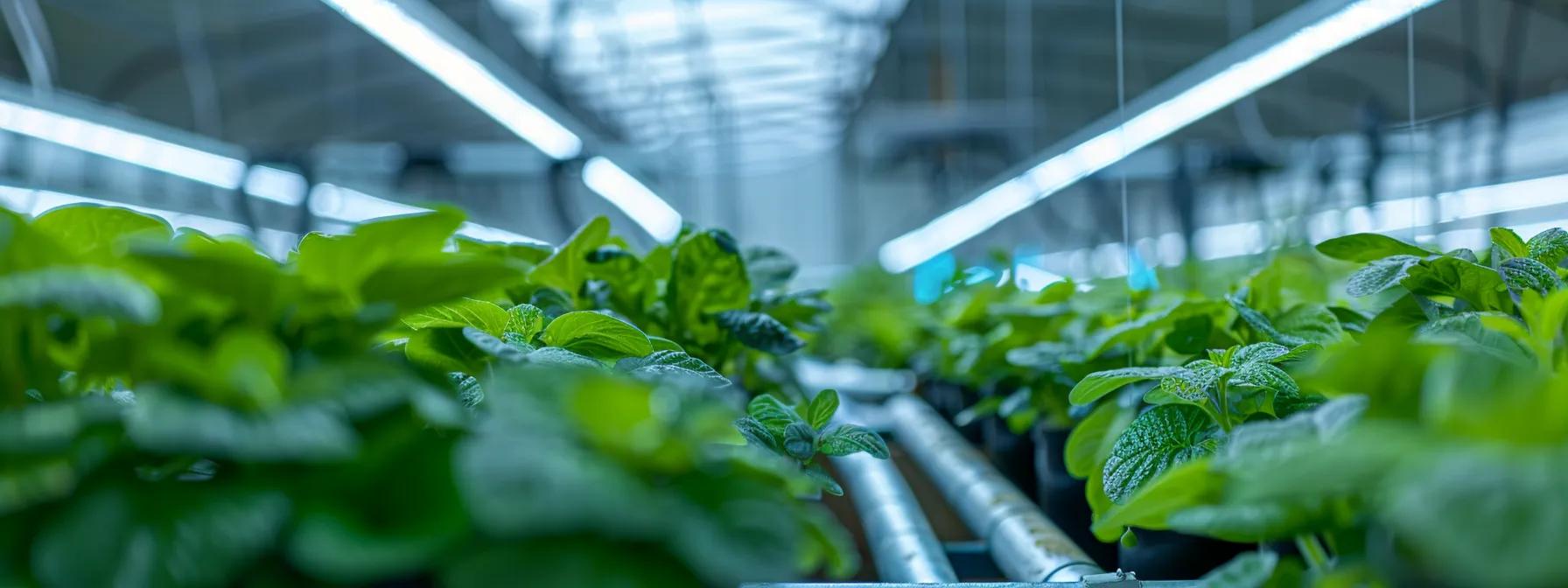
Pump flow rate and wattage are critical specifications that affect overall hydroponic system performance.
• Flow Rate: Measured in GPH or LPM, it determines how rapidly water and nutrients circulate in the system. An optimal flow rate prevents stagnation and sediment buildup while ensuring even nutrient distribution.
• Wattage: Reflects the energy consumption of a pump. Lower wattage models are more energy-efficient, reducing operating costs and excessive heat, which can negatively impact nutrient temperature. Achieving a good balance between flow rate and wattage is key for continuous, cost-effective operation.
What Is Flow Rate and Why Is It Important?
Flow rate is the volume of water a pump can move per unit time. In hydroponics, an appropriate flow rate is vital to distribute nutrients evenly among plant roots. High flow rates help minimize stagnant water and reduce the risk of pathogen growth, while low rates might not provide sufficient nutrient mixing, impacting crop productivity.
How Does Wattage Affect Energy Efficiency and Cost?
Wattage defines a pump’s energy usage. Pumps with lower wattage reduce electricity costs and generate less heat, contributing to a more stable nutrient solution temperature. Balancing flow rate with low wattage is especially important for systems expected to run continuously, making energy-efficient pumps an attractive option for large-scale and commercial setups.
How to Match Pump Specifications to Your Hydroponic System Needs?
Selecting a pump with the right specifications requires assessing your system’s size, plant density, nutrient needs, and operational duration. For small setups, a pump with a moderate flow rate and low wattage may suffice, whereas larger commercial systems might demand high-capacity pumps with superior energy efficiency. AquaDreamUSA provides guidelines, technical charts, and user testimonials to help match pump specifications to various hydroponic methods such as NFT, DWC, drip irrigation, and more. By aligning these factors, you ensure effective water movement, optimal nutrient distribution, and reduced energy expenses over time.
Final Thoughts
AquaDreamUSA offers a robust selection of hydroponics pumps that cater to a wide range of system designs, from compact indoor gardens to expansive commercial farms. This guide highlights the importance of considering pump type, flow rate, and wattage to ensure efficient water circulation, optimal nutrient delivery, and long-term cost savings. With clear comparisons, practical case studies, and detailed technical specifications, professionals can make an informed investment in technology that supports sustainable, productive plant growth. Ultimately, selecting the right hydroponics pump is a fundamental step toward achieving operational excellence and robust crop yields.
Frequently Asked Questions
Q: What is the primary function of a hydroponics pump?
A: Its primary function is to circulate water and nutrients throughout the system, ensuring plants receive a steady supply of essential nutrients and oxygen while preventing stagnation and buildup of harmful pathogens.
Q: How do I determine the proper flow rate for my hydroponic system?
A: The required flow rate depends on system size, method, and plant density. Larger systems or those using nutrient film technique need higher flow rates. AquaDreamUSA provides guidelines and calculators to help match pump capacity with system requirements.
Q: Why is wattage important when choosing a pump?
A: Wattage reflects energy consumption; lower wattage models reduce operational costs and minimize heat generation, which helps maintain optimal nutrient temperatures.
Q: Can I use both a water pump and an air pump together in my system?
A: Yes, combining them is effective—water pumps ensure nutrient circulation, while air pumps boost oxygen levels. This combination is particularly useful in aquaponics and systems requiring precise oxygenation control.
Q: How often should I maintain or replace my hydroponics pump?
A: Maintenance frequency varies. Submersible pumps may need cleaning every few months, while water pumps might require annual maintenance. Following the manufacturer’s recommendations helps ensure longevity and consistent performance.
Q: Are there energy-efficient pumps available at AquaDreamUSA?
A: Yes, AquaDreamUSA offers several energy-efficient models that balance optimal flow rates with lower power consumption, ideal for reducing operating costs in both commercial and hobbyist setups.
Q: What support resources are available for pump selection and installation?
A: AquaDreamUSA provides comprehensive resources such as detailed product specifications, expert reviews, comparison tables, and customer testimonials, along with technical support and consultation services to ensure proper pump selection and system integration.



 Aquariums & Supplies
Aquariums & Supplies
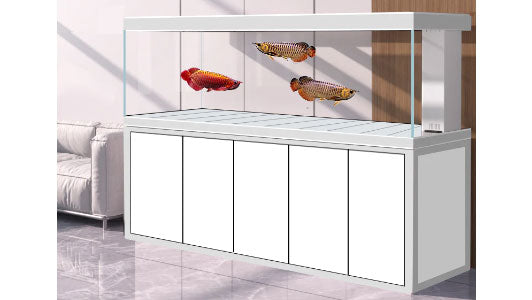

 Coral Reef Aquariums & Supplies
Coral Reef Aquariums & Supplies
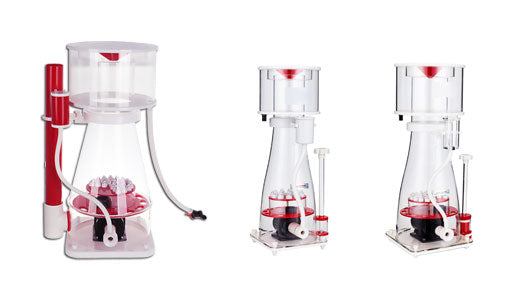

 Garden & Hydroponics & Landscape
Garden & Hydroponics & Landscape
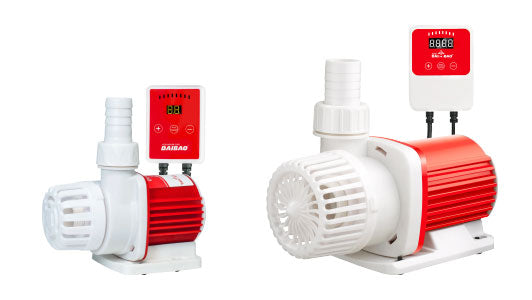

 Ponds & Fountains & Waterfalls
Ponds & Fountains & Waterfalls
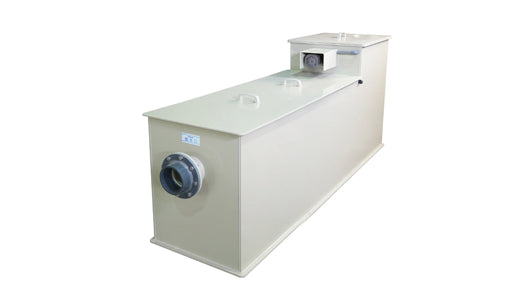

 Drum Pond Filter
Drum Pond Filter
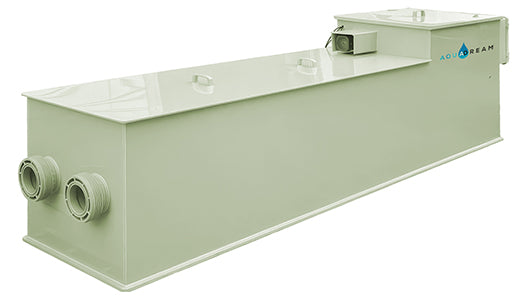
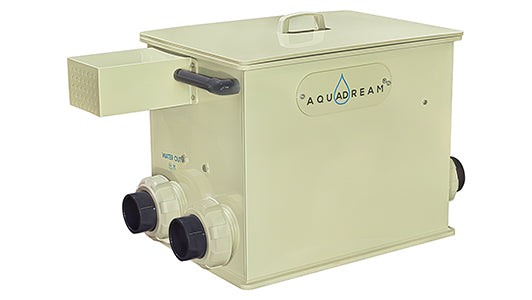

 Community
Community
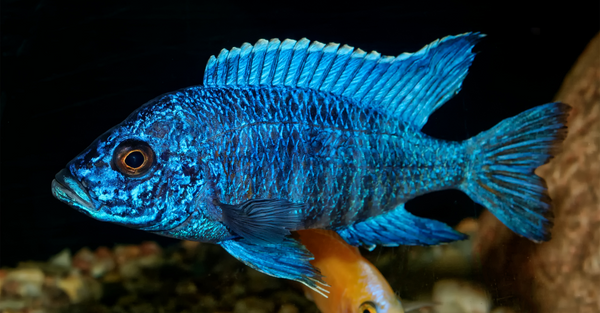
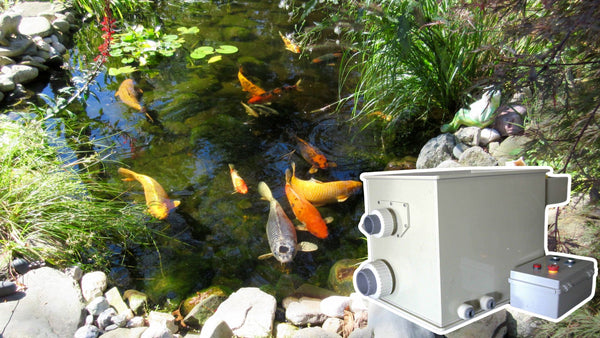

 Help Center
Help Center









